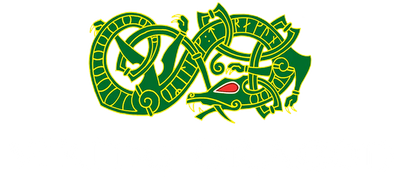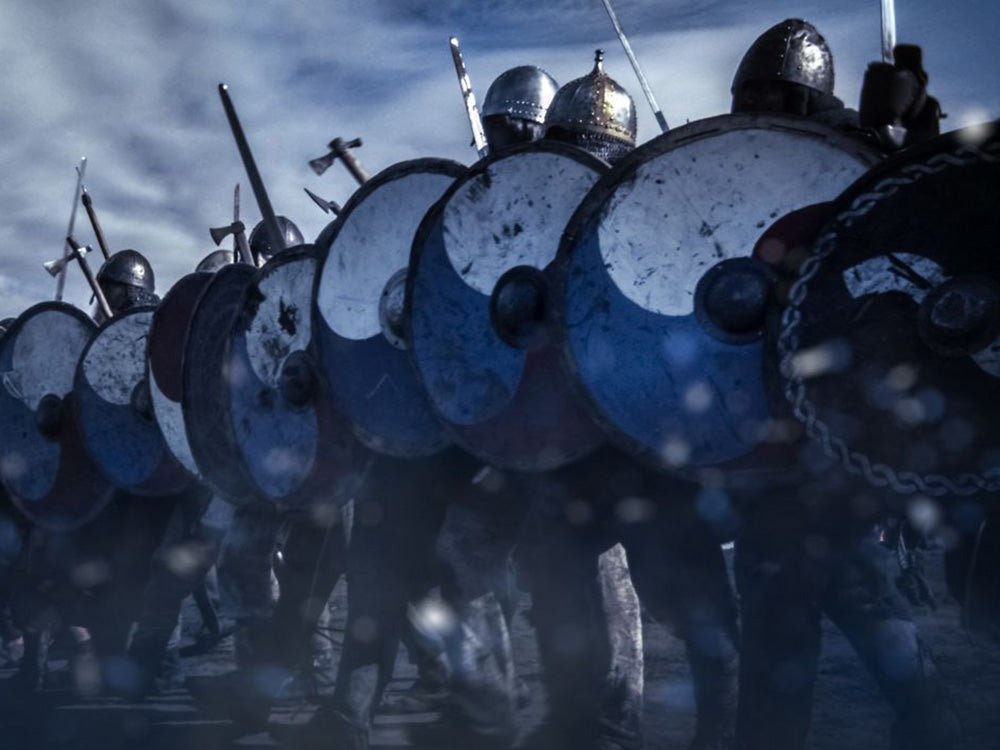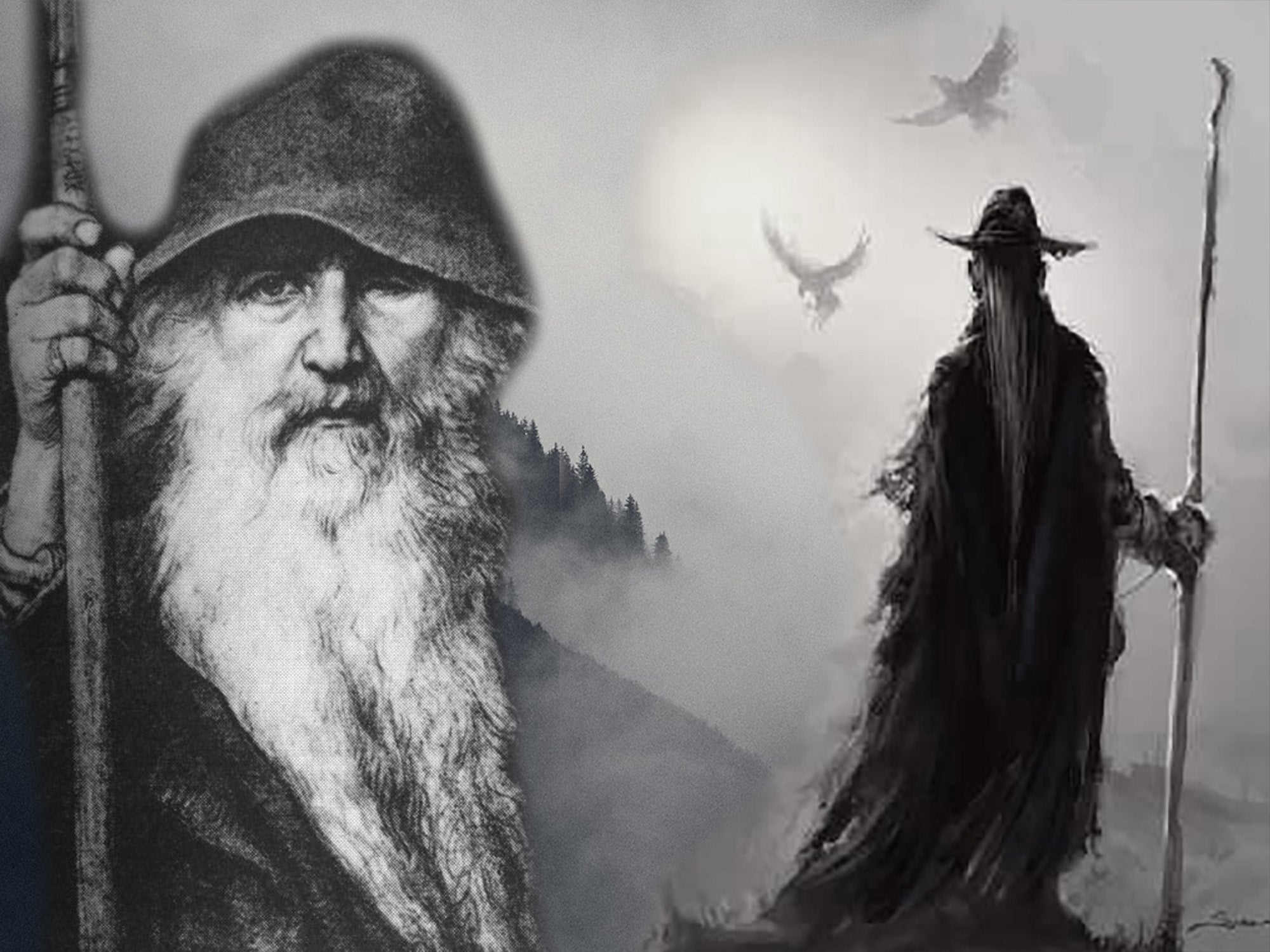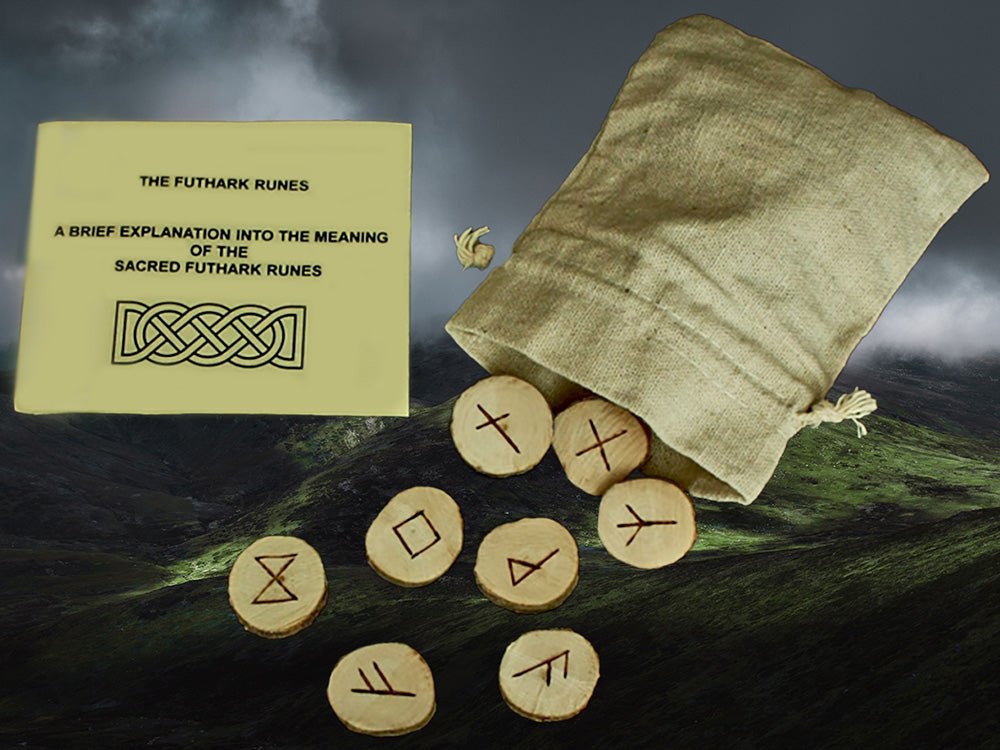There’s a common misconception that the term Viking refers to a particular ethnic group of people. This isn’t true; “Viking” was a profession and collective culture that encompassed people from across Scandinavia and Northern Europe. Most Vikings were Danish, Norwegian, or Swedish, though there were Vikings from Finland and Estonia as well, among other places.
Vikings were a warrior group that traveled by sea and raided coastal settlements in Britain, Russia, Iceland, Greenland, Newfoundland, and most of the European continent. They were feared by many of the people in these places as talented and brutal fighters and attackers who would take anything - and anyone - they wanted and leave few if any survivors.
When were the Vikings active?
The age of the Vikings is defined as beginning around 800 AD and ending in the 1000s AD, before the end of the 12th century. This is considered the High Middle Ages. The Viking Age is considered to have officially begun in June of 793 AD when the island of Lindisfarne was attacked by raiders in Norse longboats and the monastery was ransacked.
Attacks from these raiding groups became more frequent along the coasts of Scandinavian and European countries for the next seventy years, until in 865 AD, the Great Heathen Army, a more unified front of Viking forces composed of smaller groups, landed in England off the coast of East Anglia and started ransacking villages across the isles until they practically owned everything but Wessex in 874 AD.
Wessex, led by Alfred the Great, fought back against Viking invasions for many years and successfully fended the Great Heathen Army off until finally, in 886 AD, a peace treaty was established between the two groups, denoting the Northeast parts of the isles as Viking-ruled Danelaw and the Southeast parts of the isles as Anglo-Saxon controlled territory. Danelaw was never extensively settled, however, and dissolved by 954 AD.
By the 10th century, Denmark emerged as a major Viking power and ushered in the Second Viking Age, during which raids on the British Isles continued to escalate, as did attacks in Europe, though those were less successful. By 1000 AD, the Vikings had turned their attention across the seas, and the first Viking ships landed in North America in Newfoundland. Though they didn’t stay long in these settlements, their presence left an impact that can still be seen in modern times.
By the mid-1000s, the ruling powers in the British Isles were hotly contested again, with Vikings competing once again with Anglo-Saxons to hold the throne. This led to a massive Viking invasion in 1066 AD led by Harald Hardrada, the then-king of Norway. Though the attack was ultimately unsuccessful, and the British Isles fell under full Anglo-Saxon rule from that point, it was still a major turning point in the history of the Vikings and the last major raiding effort by the culture, signaling the end of the Viking Age.
What was daily life like for the Vikings?
Scandinavian society was largely agriculture-based, with a large proportion of farmers compared to other professions. That being said, other professions were deeply ingrained in their society - blacksmiths, brewers, weavers, and instrument makers were considered highly important people. The trade of amber was a major income source, as it was abundantly available in the region and used for beautiful jewelry that was popular in the Roman and Byzantine empires.
Viking society was generally split into three classes: the aristocratic or ruling Jarls, lower or working class Karls, and the Thralls, the slaves taken during raids. A Karl could become a Jarl, especially through marriage, but it wasn’t generally possible for a Thrall to move upward through the classes.
In Viking society, women were generally more equally treated than in some other contemporary cultures. They owned and inherited property, ran businesses, represented themselves in legal proceedings, and could choose to live unmarried relatively unbothered. Women also had important roles in religious life, taking on the mantle of prophetic reading for some of the gods; in fact, there were no male religious leaders, as women were seen to have a stronger connection to the divine.
Many Vikings worshipped the Norse pantheon of gods. The records of these gods are known now through the Poetic Edda, a collection of oral traditions transcribed from the ninth and tenth centuries AD, and the Prose Edda, of 1220 AD, which was based on older stories. The Norse gods, led by Odin, were said to have come from the giants Bestla and Borr, and to have killed the giant Ymir to create the world tree, Yggdrasil, and from it, the nine realms. According to this tradition, we live in Midgard, the home of mortals, while the gods live in Asgard. This religious system typically involved worship in nature and doesn’t appear to have had any formal hierarchy associated with it.
Marriage in Viking society was largely arranged by clanmates to secure better social positions, establish treaties between clans, or gain an otherwise advantageous outcome for both families. While men generally went to serve as warriors and women generally kept the house and cared for the children, food preparation was considered a shared responsibility.
Despite their reputation as brutal savages, Vikings were generally refined when it came to appearance and hygiene. To be clean and well-groomed, with short, well-kept nails and cleanly braided hair and beards, was not only a sign that one was wealthy but is also believed by modern scholars to be a significant religious expectation. It is thought that the Vikings believed that during Ragnarok, the Norse end times for the gods, the nails of the dead would be used to construct Naglfar, the ship that would appear in the waters released by the great serpent Jormungand. To have long nails was to provide more materials for the ship, and thus hasten the coming of Ragnarok.
Outside of work and home responsibilities, Vikings were known to enjoy sports - including mock combat, wresting, climbing, swimming, and a game similar to hockey - and board games that included dice, early versions of chess, and other strategy games.
Sources:
https://www.britannica.com/topic/Viking-people.
https://www.history.com/topics/exploration/vikings-history.
https://www.visitnorway.com/things-to-do/art-culture/vikings/.
https://en.natmus.dk/historical-knowledge/denmark/prehistoric-period-until-1050-ad/the-viking-age/.
https://www.livescience.com/viking-history-facts-myths.
https://www.worldhistory.org/Vikings/.



